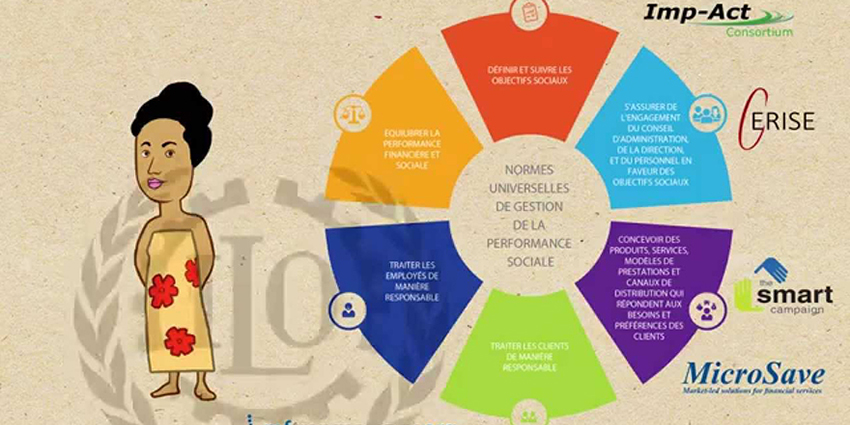CERISE-SPI 4: the tool for measuring progress in microfinance

Does microfinance still work? The theme of the 2017 edition of the Microfinance Barometer is undoubtedly provocative. This question assumes that microfinance has “worked” in the past and raises another question: worked in what sense, exactly?
This question is not new. Much effort (and money) has been invested in trying to demonstrate the impact of microfinance over the past two decades, with relatively little success. Methodological problems, high costs, and a lack of applicable results have led many organizations to abandon their efforts to prove impact and focus instead on improving practices. This approach is known as social performance, and it is based on the idea that for microfinance to “work,” it is necessary to define what it means and be able to measure progress.
Today, the microfinance sector has an objective framework for assessing and comparing social performance. As of May 2017, this tool was used by more than 300 institutions in nearly 90 countries worldwide, creating a database of social performance scores as benchmarks.
The SPI4 reports have helped organizations such as the Responsible Microfinance Facility (funded by AFD), Opportunity International, ACEP, and investors such as REGMIFA, FEFISOL, GCAMF, and I&P identify social risks and define targeted technical assistance.



Leave a Reply
Want to join the discussion?Feel free to contribute!